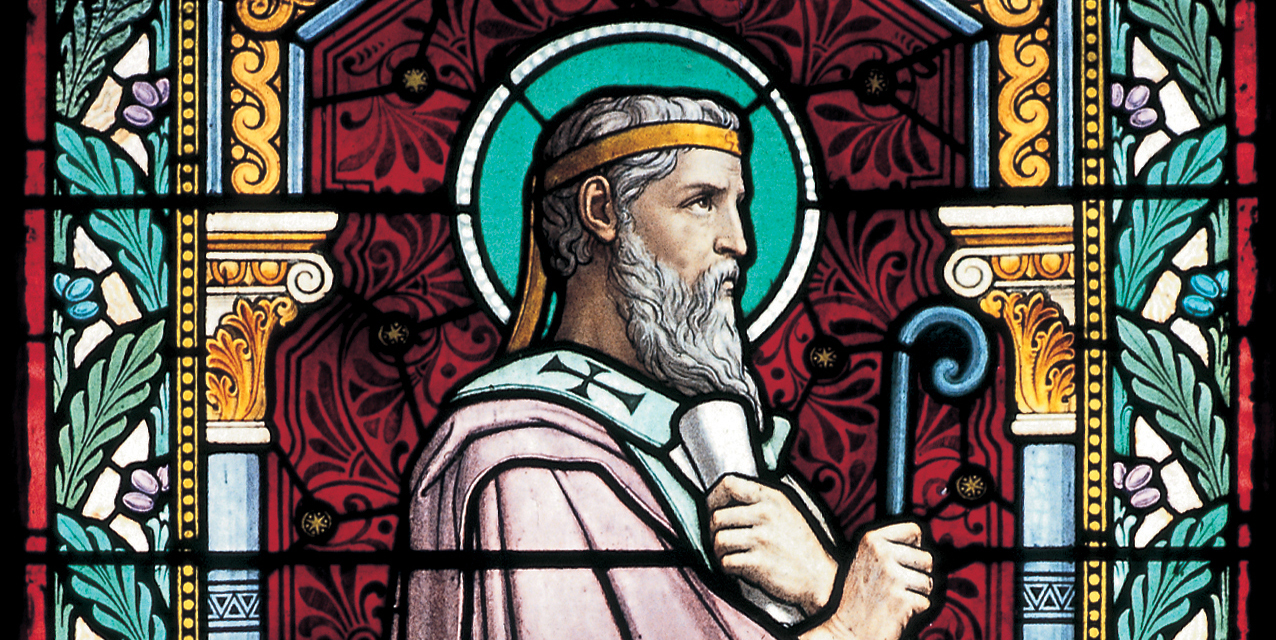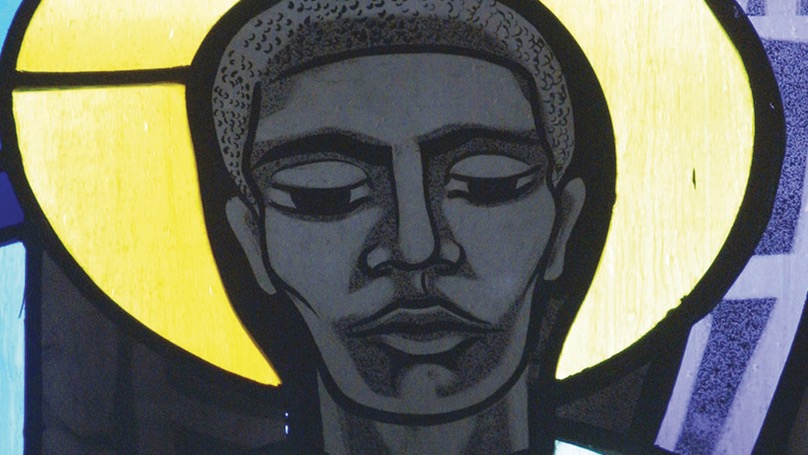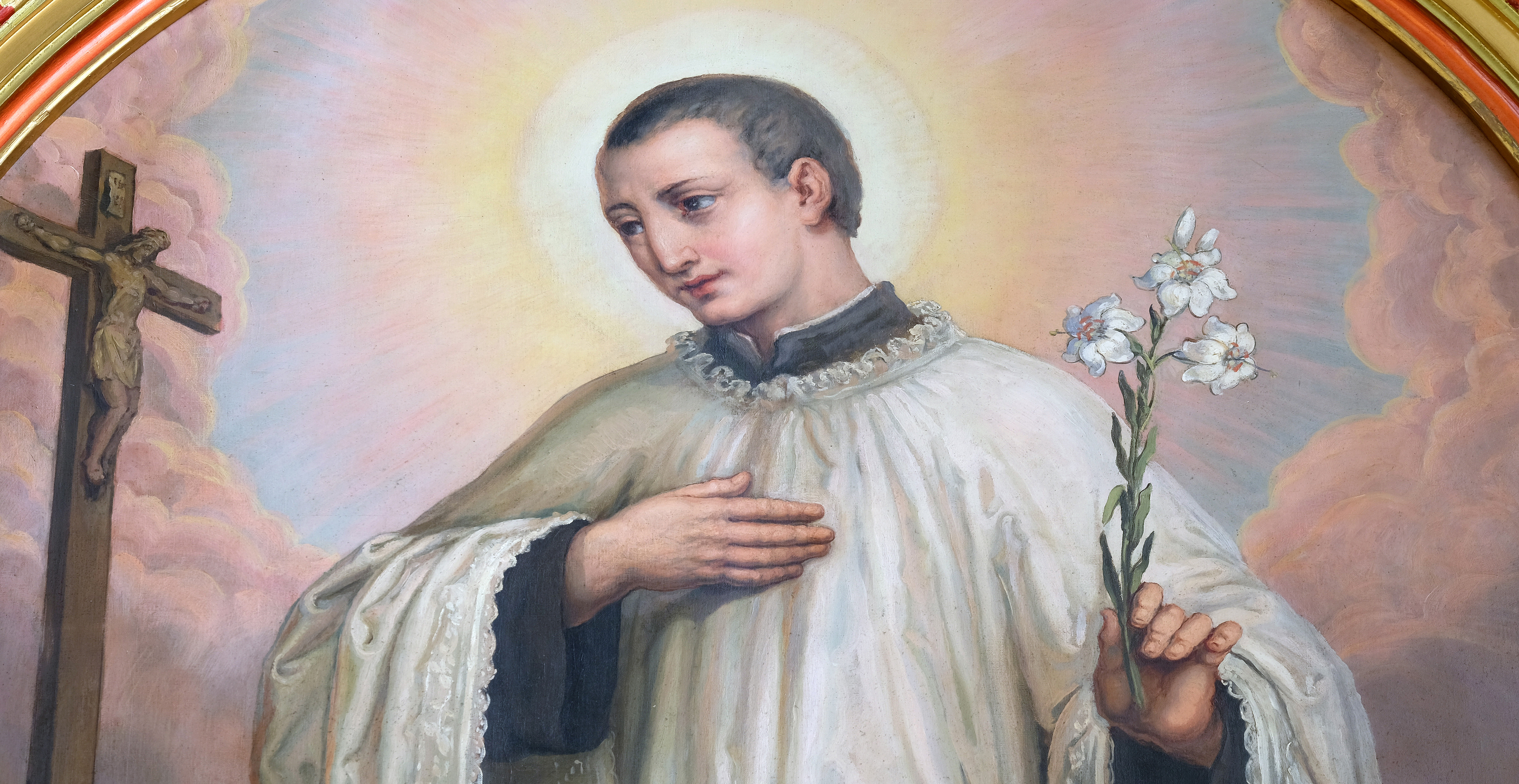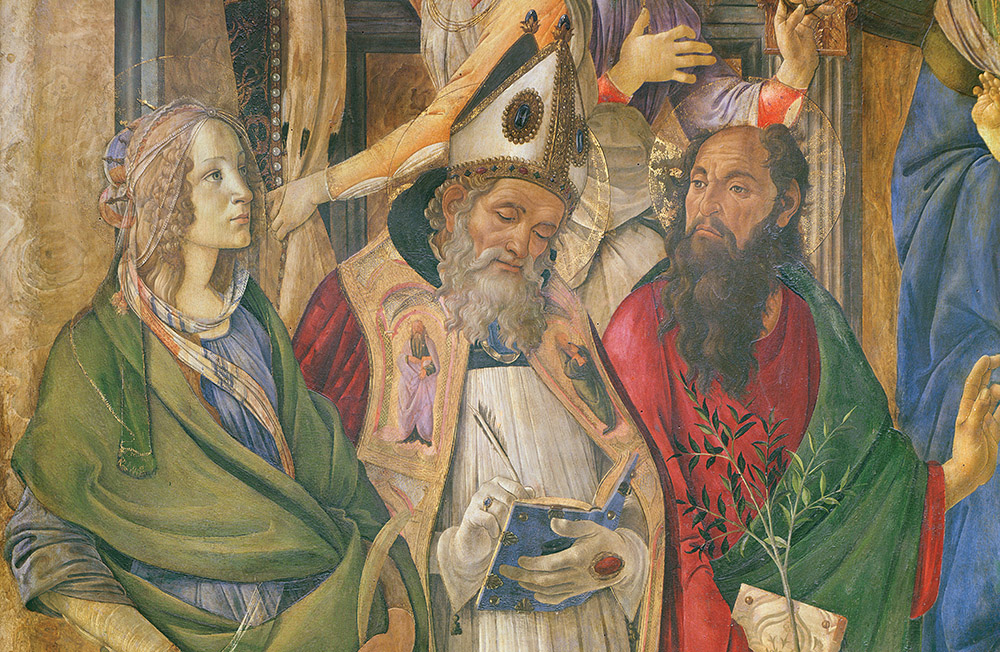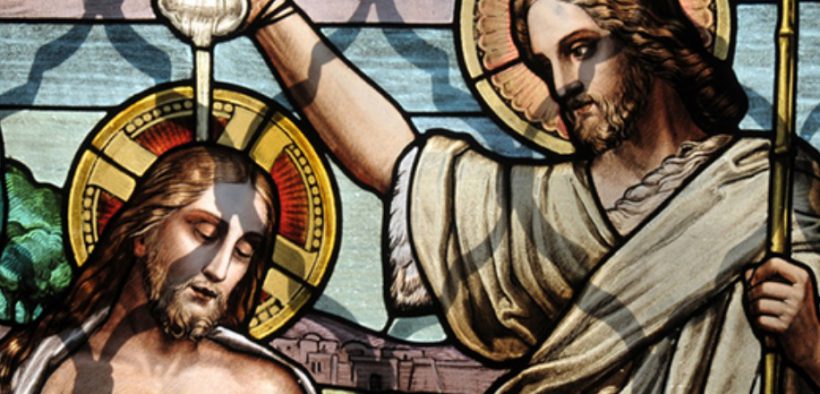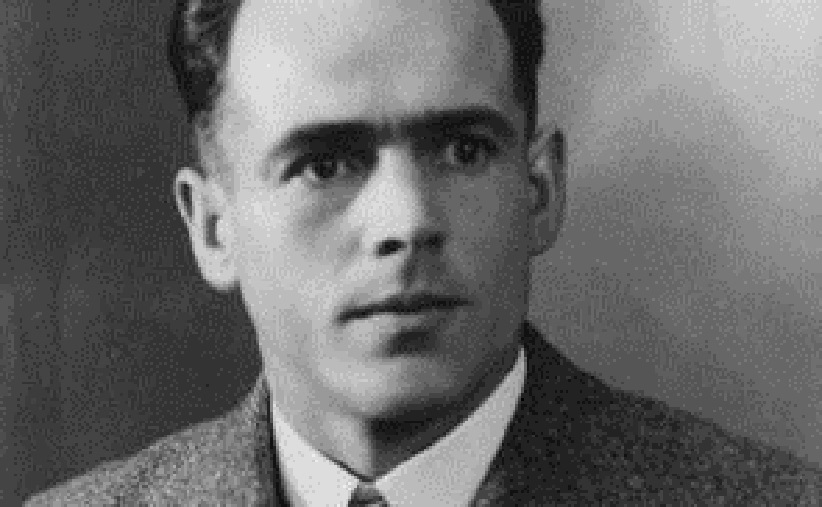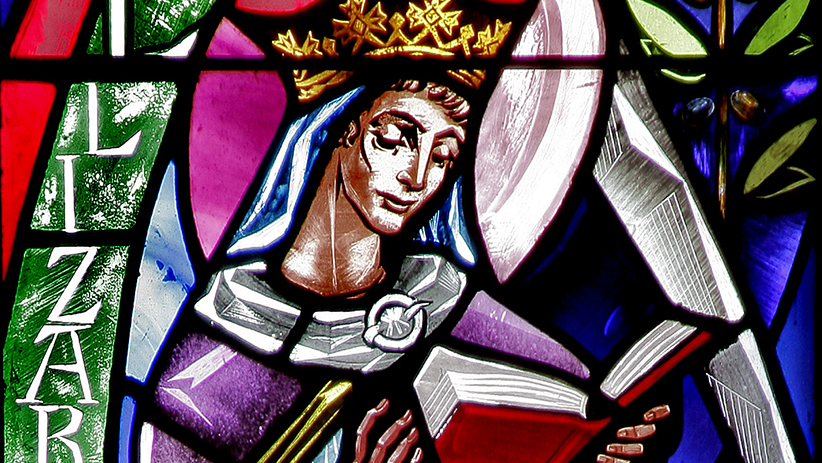On Jan. 21, 2022, Pope Francis issued a decree declaring St. Irenaeus as a Doctor of the Church, having accepted a related proposal of the Congregation for the Causes of Saints. He is the first Doctor of the Church believed to have been a martyr, and, having died around 202, he holds the distinction of being the most ancient of the 37 Doctors of the Church. St. Irenaeus is most remembered as the earliest systematic theologian for his authentic teaching of the Church’s faith and defense of it in the face of emerging errors. Given his articulation of Gnostic heresies, still prevalent in various forms, St. Irenaeus remains a relevant model for bishops, apologists, catechists and theologians.
Early life
Biographical information for St. Irenaeus is rather limited. In fact, few primary sources on him remain at all — for instance, the only complete texts of his writings exist today by way of later translations.
Irenaeus was born around 130 in the Greek-speaking East. It is most likely that Irenaeus came from Smyrna, on the western edge of what is now Turkey, which was the city of St. Polycarp, a mentor with whom Irenaeus had been associated from a young age. It was through the martyr Polycarp — himself revered and respected as a figure of authority in the early Church — that Irenaeus was acquainted directly with the apostolic age, particularly through his mentor’s connection to St. John the Apostle. Irenaeus was born at a time of growing conversion throughout the Roman Empire, although he was himself born into a Christian family. He spent time studying in Rome, most likely a student of St. Justin Martyr.
Irenaeus is remembered most of all for having lived in the Gaul region of the Roman Empire, which encompassed a large part of today’s western Europe, including all of present-day France. Irenaeus made his home and exercised ministry in what is now Lyon — called Ludugunum then — which was at the time the largest city north of the Alps. Lyon was not only a population hub then, but it also served as a civic and cultural center. Its population growth was owed to an influx of immigrants, which included Irenaeus himself. Irenaeus arrived there as a missionary — according to tradition, sent at the direction of Polycarp — to help solidify ecclesial life in that blossoming part of the empire. Toward the late 170s, Irenaeus was a presbyter, or priest, and was held in esteem within the local Church.
In 177, Irenaeus was dispatched to Rome — by a group of soon-to-be martyrs held captive and awaiting execution — to deliver a letter to Pope Eleutherius. The letter — which expressed, among other things, concern about emerging threats to the unity of faith emerging in the early Church — exists as the first historical evidence of Irenaeus. Just as Christ prayed before his death that the Church might be one, so too were these early Lyonese martyrs. And Irenaeus — whose very name means “peace” — served as an emissary of peace and unity by allowing their message to be heard in Rome. It was most likely this trip abroad that spared him from being martyred with Lyon’s first bishop, St. Pothinus, and his companions.
An apostolic teacher
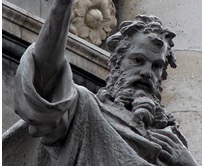 Upon his return from Rome, Irenaeus succeeded the martyred Pothinus as bishop of Lyon. Overseeing the rebuilding of the ecclesial life in the city in the wake of persecution and martyrdom, Irenaeus brought to his flock hope and assurance in God’s providence. Most of what remains known of Irenaeus’ episcopal ministry, though, is his clear and systematic teaching of the Faith. And that seems fitting, especially since he regarded a bishop, above all other functions, primarily as a teacher. Irenaeus helped develop the concept of apostolic succession — a theme important culturally at the time in fields such as medicine and philosophy. This helped to solidify the ministry of the bishop in the early Church and underscored the bishop’s authority in handing on the Church’s apostolic teaching. An example of his contribution to elevate esteem for the Roman see, Irenaeus provided one of the earliest lists of the first bishops of Rome. Given his ties to St. John the Apostle, by way of his mentor St. Polycarp, Irenaeus served as a credible, public witness to the apostolic testimony.
Upon his return from Rome, Irenaeus succeeded the martyred Pothinus as bishop of Lyon. Overseeing the rebuilding of the ecclesial life in the city in the wake of persecution and martyrdom, Irenaeus brought to his flock hope and assurance in God’s providence. Most of what remains known of Irenaeus’ episcopal ministry, though, is his clear and systematic teaching of the Faith. And that seems fitting, especially since he regarded a bishop, above all other functions, primarily as a teacher. Irenaeus helped develop the concept of apostolic succession — a theme important culturally at the time in fields such as medicine and philosophy. This helped to solidify the ministry of the bishop in the early Church and underscored the bishop’s authority in handing on the Church’s apostolic teaching. An example of his contribution to elevate esteem for the Roman see, Irenaeus provided one of the earliest lists of the first bishops of Rome. Given his ties to St. John the Apostle, by way of his mentor St. Polycarp, Irenaeus served as a credible, public witness to the apostolic testimony.
What did Irenaeus teach?
Aside from a few letters, most of what survives from St. Irenaeus’ teachings composes a collection of books titled “Against Heresies,” written around 180. This seminal contribution to the Church’s theological treasury has been esteemed by the famous 20th-century theologian Hans Urs von Balthasar as the “birth of Christian theology.”

As a pastor, Irenaeus engaged the culture, and attuned himself to the struggles and difficulties in the lives of those in his flock and the society in which he lived. And, as a bishop, Irenaeus was concerned about ecclesial unity, which meant he had utmost concern to ensure that the apostolic faith was handed on intact and with authenticity.
Irenaeus is now the first pre-Nicene Doctor of the Church since his tenure as a bishop was more than a century before the all-important Council of Nicea, which itself paved the way for codification of Christian dogma and settled various questions and divisions that arose among Christians related to the Trinity and Christ in accord with divine revelation. But even in his own time, Irenaeus saw various threats to the integrity of the Faith emerge. And so, in his era and in his own ministry, the Church began to articulate between orthodoxy and heresy, as the age of the apostles gave way to a new generation of leaders tasked to carry on their ministry. Irenaeus acutely understood the need to counteract the teachings of other leaders who promoted thoughts and ideas — and attracted followers — that posed a threat to the apostles’ teaching.
| New Gnostics |
|---|
| St. Irenaeus’ refutation of the Gnostics remains as important today as it was in his own age. In his 2018 apostolic exhortation Gaudete et Exsultate (“Rejoice and Be Glad”), Pope Francis warns that, although ancient, gnosticism plagues us still today. He wrote: “Gnostics think that their explanations can make the entirety of the faith and the Gospel perfectly comprehensible. They absolutize their own theories and force others to submit to their way of thinking. A healthy and humble use of reason in order to reflect on the theological and moral teaching of the Gospel is one thing. It is another to reduce Jesus’ teaching to a cold and harsh logic that seeks to dominate everything” (No. 39).
Each generation tends to see new manifestations of Gnosticism, our own not excluded, which makes St. Irenaeus’ declaration as a Doctor of the Church particularly relevant. Modern Gnostic tendencies give rise to various forms of ecclesial disunity and wreak havoc in society, such as the contemporary promotion of a confused and distorted vision of the human person, evidenced in the ever-emerging dualist competition between the body and the self that is found in modern gender ideology. |
Irenaeus’ dissident adversaries, for the most part, are collectively known as Gnostics, people who believed that salvation came through obtaining knowledge that existed outside of revelation or might have even contradicted it. Gnostics propose a faith that relies not on objectivity, but subjectivity, where the truth is not the arbiter of one’s life or salvation. More widely known among the targets of Irenaeus’ writing was Valentinus (c. 100-180), a disgruntled priest who formed his own community after being passed over for an episcopal appointment. He allegedly claimed to have secret knowledge passed on from St. Paul himself — which inherently misrepresented and compromised the Church’s faith — and argued that salvation was attainable in various degrees. Irenaeus also responded to other heretics such as Marcion (85-160), whose teaching distorted who Christ is and erroneously proposed that the God of the New Testament was not the same as the Old Testament. He also maintained that St. Paul was the only true apostle of Christ.
In order to dispel such errors, Irenaeus had studied the enemies of such true faith and understood their positions well. He was clever, witty and exhaustive in his rebuttals. He exhibited no interest in dialogue as much as in explaining the Faith, desiring only to offer clear refutation of what the Gnostics proposed. Irenaeus’s writing was thorough, grounded in strong philosophical reasoning and saturated with Scripture. His “Against Heresies” presented, in the face of the Gnostics who distorted it, a defense of who Christ is, what Christ revealed and, in accord, what the apostles preached. He combatted Gnostic dualism — a division between God and the world — through his articulation of the integrity and coherency of creation. And the themes of John’s Gospel imbue Irenaeus’ writings. Irenaeus had a clear, unambiguous devotion to and understanding of the Word, and he was one of the first to put forth the inclusion of four Gospels in the New Testament. He solidified the nascent Church’s robust Eucharistic faith, articulated the centrality for Christian faith of the Church and the episcopal office, and often highlighted the singular importance of Mary.
By thoroughly, comprehensively and coherently defending the deposit of the Faith, Irenaeus had done more than anyone up to that time to secure peace and unity for the Church by laying bare those who threatened it through their deviations from the deposit of the Faith.
What is a Doctor of the Church?
Although the term doctor is much more synonymous in our culture with a medical professional, when speaking of a Doctor of the Church, the definition relies on its Latin roots, coming from the Latin verb docere, which means to teach. A Doctor of the Church is a saint, either declared so through canonization or held up as such by the Church’s tradition, whose own life and work have left a significant and unique mark on the Church’s theological tradition.
The Holy See’s Congregation for the Causes of Saints oversees the preliminary work necessarily undertaken before declaring a Doctor of the Church. While the Doctor’s teaching is held up as important and vital, such a declaration does not guarantee that the teaching is completely free from error. Ultimately, a Doctor of the Church is proclaimed by an ecumenical council, or by the pope, in a decree that does not carry the weight of an ex cathedra definition. The declaration of a Doctor of the Church also makes available the celebration of the individual in the liturgy.
St. Irenaeus had the longest wait after death to be named a Doctor of the Church — over 18 centuries. St. Irenaeus is also now the most ancient among the Doctors of the Church, a position previously held by St. Hilary of Poitiers, who died in 367. Incidentally, St. Alphonsus Ligouri had the shortest span of time between his death and declaration as a Doctor of the Church, just 84 years after his death in 1787.
The first four doctors of the Church — Sts. Augustine, Ambrose, Jerome and Gregory the Great — were declared as such together in 1298. St. Thomas Aquinas joined their ranks nearly 300 years later. In total, there are now 37 Doctors of the Church, including St. Irenaeus. The majority of them were bishops, but there are four women who have been so-designated: St. Teresa of Ávila, St. Catherine of Siena, St. Thérèse of Lisieux and St. Hildegard of Bingen.
Some Doctors of the Church have been given special titles, such as St. Thomas Aquinas, who is known as doctor angelicus, or the angelic doctor; St. Bonaventure who is known as the doctor seraphicus, or the seraphic doctor; St. Francis de Sales, who is known as doctor caritatis, or the doctor of charity; or St. Teresa of Ávila, who is known as doctor orationis, or the doctor of prayer.
St. Irenaeus: Doctor of unity
In declaring St. Irenaeus a Doctor of the Church, Pope Francis has assigned him the title doctor unitatis or “doctor of unity,” which is similar to the title given to St. Leo the Great, who is doctor unitatis Ecclesiae, or the doctor of the Church’s unity, for his promotion of papal primacy.

The unity that Irenaeus offers is manifold. His Eastern Christian upbringing and sensibilities, combined with his exercise of ministry in the West, offers a witness of hope amid Catholicism’s ongoing dialogue with Eastern Churches, which is aimed at nothing less than reunification. His bold defense of Christian doctrine amid many challenges that fractured the Church’s unity offers a model for effective apologetics and catechesis. Amid so many ongoing divisions in the Church today, St. Irenaeus, as a Doctor of the Church, reiterates the importance of right teaching and the value of public witness of bishops in defense of the Faith. St. Irenaeus’ enduring legacy can be seen in the documents of the Second Vatican Council, which cite a total of 14 references to his work, second in number only to St. Augustine. This is also true of the Catechism of the Catholic Church, which cites his work 29 times, compared to Augustine’s 86 citations or Aquinas’ 61.
Irenaeus’ declaration as a Doctor of the Church comes as the result of an appeal of the French epsicopal conference. The Congregation for the Causes of Saints advised that the French bishops obtain a broad coalition from other episcopal conferences before presenting the matter to the pope. The U.S. bishops voiced unanimous support of the initiative of their French counterparts at their 2019 fall general assembly.
Bishop Kevin C. Rhoades of the Diocese of Fort Wayne-South Bend, Indiana, then-chairman of the U.S. bishops’ Committee on Doctrine, told Our Sunday Visitor that naming Irenaeus a Doctor of the Church seemed to be correcting “an oversight that this ‘first great Christian theologian’ has never been officially declared a Doctor of the Church.” Bishop Rhoades also said that “St. Irenaeus’ defense of the true doctrine, his clear teaching of the Faith and his total devotion to his pastoral ministry make him a great model for bishops today.”
Michael R. Heinlein is editor of OSV’s Simply Catholic. He writes from Indiana.
| Was Irenaeus a martyr? |
|---|
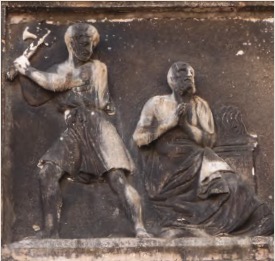 St. Irenaeus is believed to have died in Lyon in 202, and his tomb was sacked — ironically, by heretics — when Huguenots destroyed it amid the Protestant Reformation. St. Irenaeus is believed to have died in Lyon in 202, and his tomb was sacked — ironically, by heretics — when Huguenots destroyed it amid the Protestant Reformation.
St. Irenaeus is inscribed in the Catholic Church’s calendar of saints as a martyr, commemorated on June 28. And, although the Orthodox regard him as a saint, not all accept that he was a martyr. There is little record of his martyrdom aside from a note in St. Jerome’s writings nearly two centuries after Irenaeus’ death, which, some scholars have proposed, could even be a scrivener’s error since he does not mention this detail elsewhere when he writes about Irenaeus. A subsequent account for Irenaeus’ martyrdom appears to rely on this earlier source. Despite the fact that there previously has not been a martyr declared a Doctor of the Church, it is not believed that Pope Francis’ decree regarding St. Irenaeus weighs in one way or another regarding the saint’s status as a martyr. |

